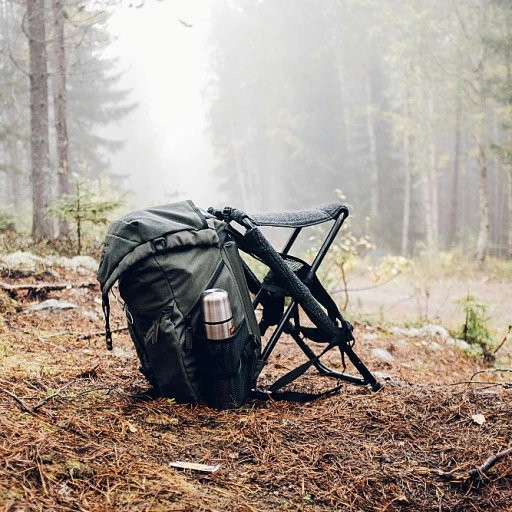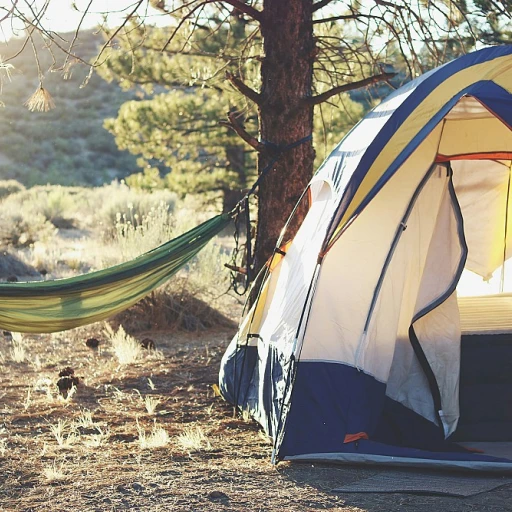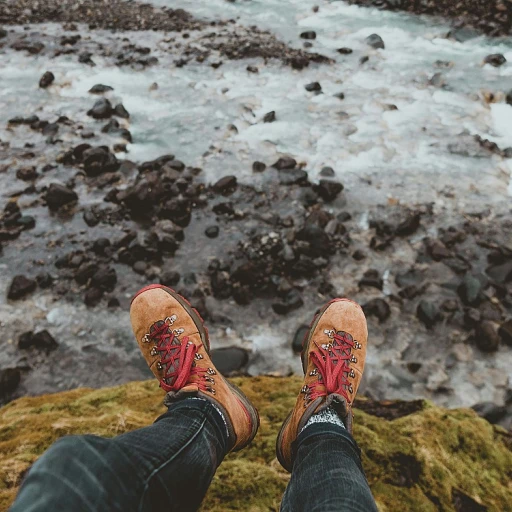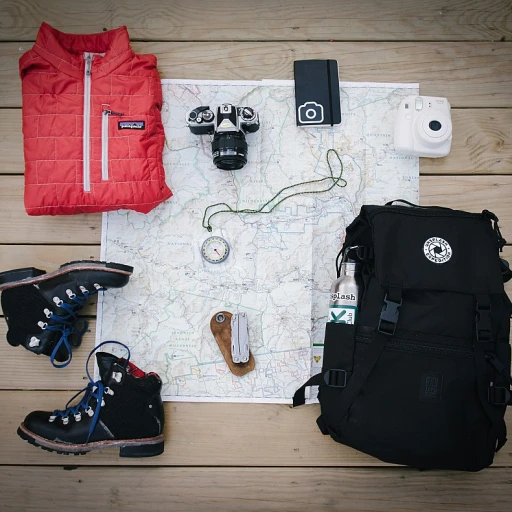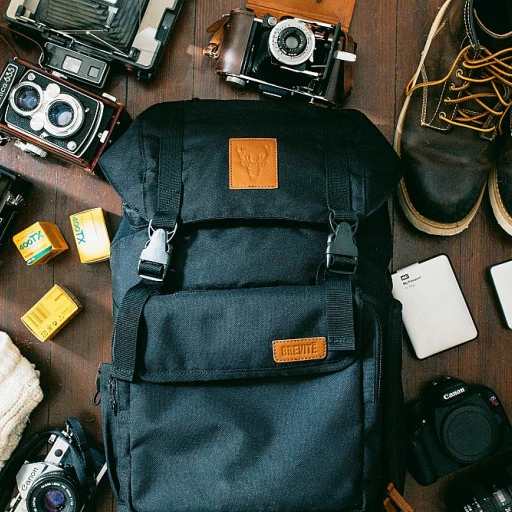Why Boot Laces Matter More Than You Think
Understanding the Importance of Hiking Boot Laces
Most hikers may overlook their boot laces as a minor detail, but the reality is that these seemingly unimportant components play a crucial role in ensuring a comfortable and safe hiking experience. From providing the needed support to securing the fit of your boots, laces are as vital as the boots themselves. A poorly fitted lace can lead to a slew of issues, including hot spots, blisters, and even injuries. Moreover, the durability of your laces can influence the longevity of your boots' performance. By investing in the right laces, you're ensuring that your boots remain snug and reliable throughout your trekking adventures. For those who delve into different hiking terrains and conditions, high-quality laces can adapt and hold up against the elements. Just like choosing steel toe hiking boots for additional protection, selecting the right boot laces can provide that extra layer of confidence and comfort in your trekking gear.Types of Boot Laces: Finding Your Perfect Match
Understanding Different Styles of Boot Laces
When it comes to choosing boot laces for your hiking adventures, it's easy to overlook the vast array of options available. But not all laces are created equal, and understanding the different types can significantly enhance your hiking experience. Here's a breakdown of the most common styles you'll encounter:
- Round Laces: Known for their durability and tendency to stay tied, round laces are a popular choice for rugged terrains. They provide firm support and are perfect for heavy-duty boots.
- Flat Laces: Offering a lower profile, flat laces tend to be more comfortable and are less likely to create pressure points on your feet. They're ideal for long-distance hikes where every ounce of comfort counts.
- Kevlar Laces: These are built to withstand extreme conditions, featuring high strength and resistance to abrasion. Kevlar laces are excellent for hikers tackling the most challenging trails.
- Elastic Laces: If ease of use is your primary concern, elastic laces provide convenience without compromising support. They're great for quick adjustments on-the-go but may not offer the same rigidity as traditional laces.
Each type of lace offers unique benefits, allowing you to tailor the stiffness, comfort, and style of your hiking boots. So, whether you're trekking through dense forests or rocky mountains, take the time to consider your options. By selecting the right lace style, you can significantly enhance the performance and comfort of your hiking boots.
For those passionate about supporting local craftsmanship, you might also want to explore American-made hiking boots that often come paired with high-quality laces, crafted with precision and care.
Choosing the Right Laces for Your Boots
Consider the Material
When choosing the best laces for your hiking boots, it's crucial to think about the material. Boot laces come in various materials, each offering unique benefits and suited to different hiking needs.- Nylon and Polyester: These are the most common materials used for hiking boot laces. They are sturdy, resistant to abrasion, and generally hold up well under different weather conditions. They also tend to be affordable, making them a popular choice among hikers.
- Leather: Known for their durability and classic look, leather laces can withstand a lot of wear and tear. However, they might require more maintenance and can be susceptible to water damage unless treated.
- Kevlar or Paracord: For those needing extra strength, Kevlar or paracord laces might be the right option. These materials are incredibly strong and can withstand extreme conditions, making them perfect for long treks or rugged terrains.
Size and Length
Choosing the correct size and length is fundamental when selecting boot laces. If you pick laces that are too short, you won't be able to secure your boots properly. Conversely, overly long laces can become a tripping hazard. Measure your current laces to find the best match or refer to the manufacturer's recommendations for your specific boot model.Purpose and Terrain
Think about where and how often you'll be using your hiking boots. If you're tackling challenging trails, you might want to invest in laces designed for rugged use. Lightweight trails and more casual hikes might not require the same heavy-duty laces. For those interested in finding the perfect travel shoes that complement their hiking boots, check out our guide on women's travel shoes to ensure comfort across all types of adventures. Selecting appropriate laces is an integral part of your hiking boot experience, as they can significantly impact comfort and safety during your hikes.Compatibility
Ensure that your chosen laces are compatible with your boots' eyelets or hooks. Some boots are designed with specific lacing systems that might require particular lace types or diameters. Continuously tying and retying due to incompatible laces can diminish the enjoyment of your hike, so it's best to confirm compatibility beforehand.Top-Rated Boot Laces: A Closer Look
Examining Popular Boot Laces: A Detailed Overview
When it comes to choosing the right boot laces for your hiking adventures, it can be overwhelming to sift through the wide array available on the market. The right laces not only secure your boots effectively but also enhance comfort and efficiency during your hikes. Here's a closer look at some top-rated boot laces that have gained popularity among outdoor enthusiasts and experienced hikers alike. 1. Paracord Boot Laces- Durability: Known for their incredible strength and resistance to wear and tear, paracord laces are a great choice for rugged terrains. Their composition often withstands environmental stresses better than traditional cotton or leather options.
- Versatility: These laces double as emergency survival tools, a feature highly appreciated by mountaineers and backcountry hikers.
- Strength: Made from synthetic fibers, Kevlar laces are almost impregnable. They are heat-resistant and flame-retardant, making them perfect for intense hiking conditions.
- Longevity: If you're looking for laces that last through extensive hiking trips without fraying or snapping, Kevlar is a reliable option.
- Convenience: These laces provide the benefit of being easily adjustable, eliminating the hassle of tying and untying knots.
- Comfort: They offer a snug fit, reducing the occurrence of blister-inducing friction.
- Aesthetic Appeal: Leather laces give a classic look to hiking boots and are favored by those who prioritize style.
- Grip: Leather laces tend to grip well, maintaining their hold under pressure, which is beneficial on uneven terrain.
Caring for Your Boot Laces: Tips and Tricks
Extend the Life of Your Laces
Just like the boots they complement, your hiking boot laces require proper care to ensure longevity and optimal performance. While laces might seem like a small part of your gear, neglecting them can lead to discomfort and even safety concerns during your trek. Here are some practical tips to maintain your boot laces:- Regular Cleaning: Dirt and grime can build up on your laces, weakening the fibers over time. Gently hand wash them with mild soap and warm water, then allow them to air dry to keep them in good condition.
- Check for Fraying: Before each hike, inspect your laces for signs of fraying or damage. Replacing worn-out laces before they break can prevent unexpected issues on the trail.
- Proper Threading: Ensure your laces are threaded correctly through the eyelets, maintaining an even distribution of tension. This not only enhances comfort but also helps in extending their lifespan.
- Storage Solutions: When your boots are not in use, store them laced up but loosely. This keeps the laces intact and avoids unnecessary stretching or tangling.



